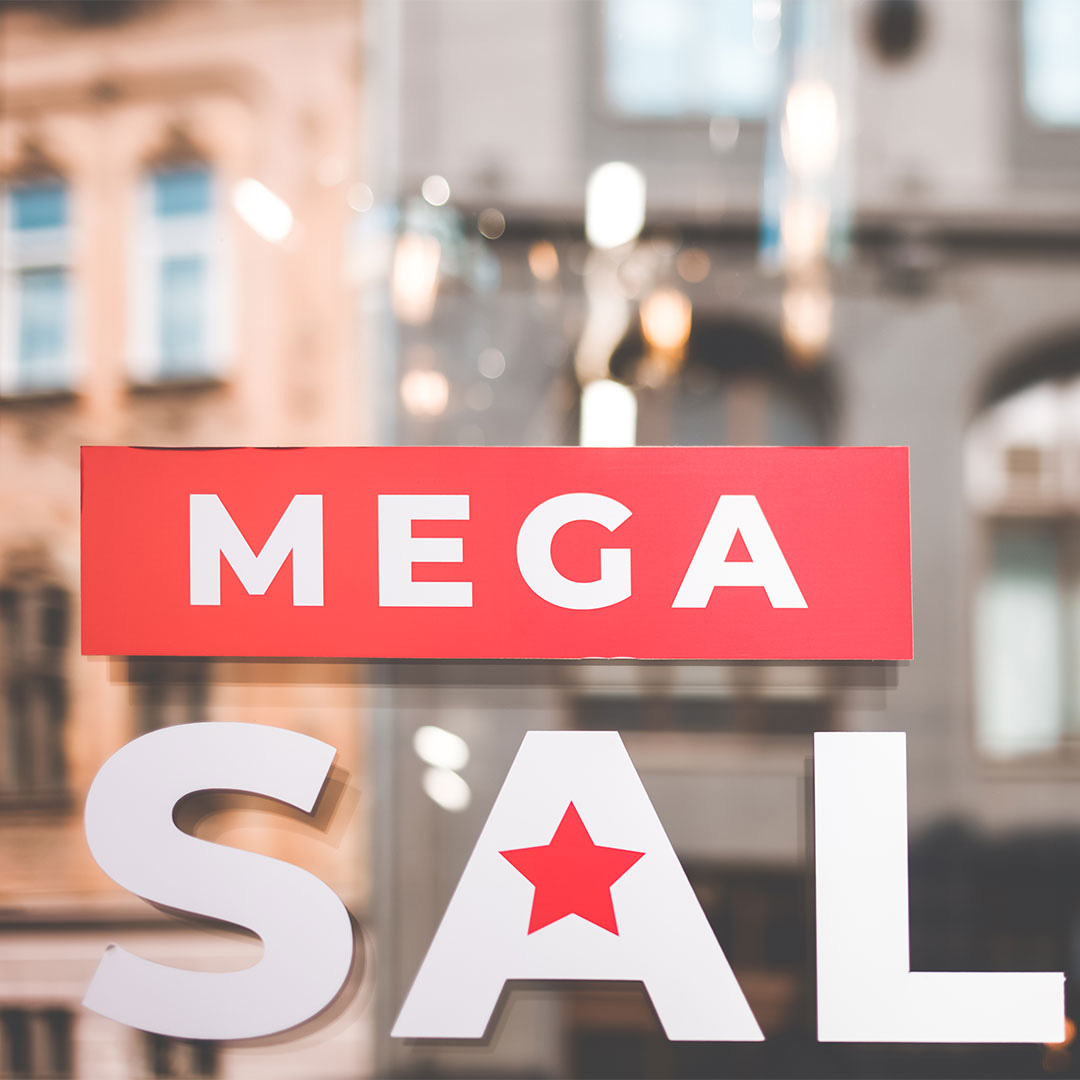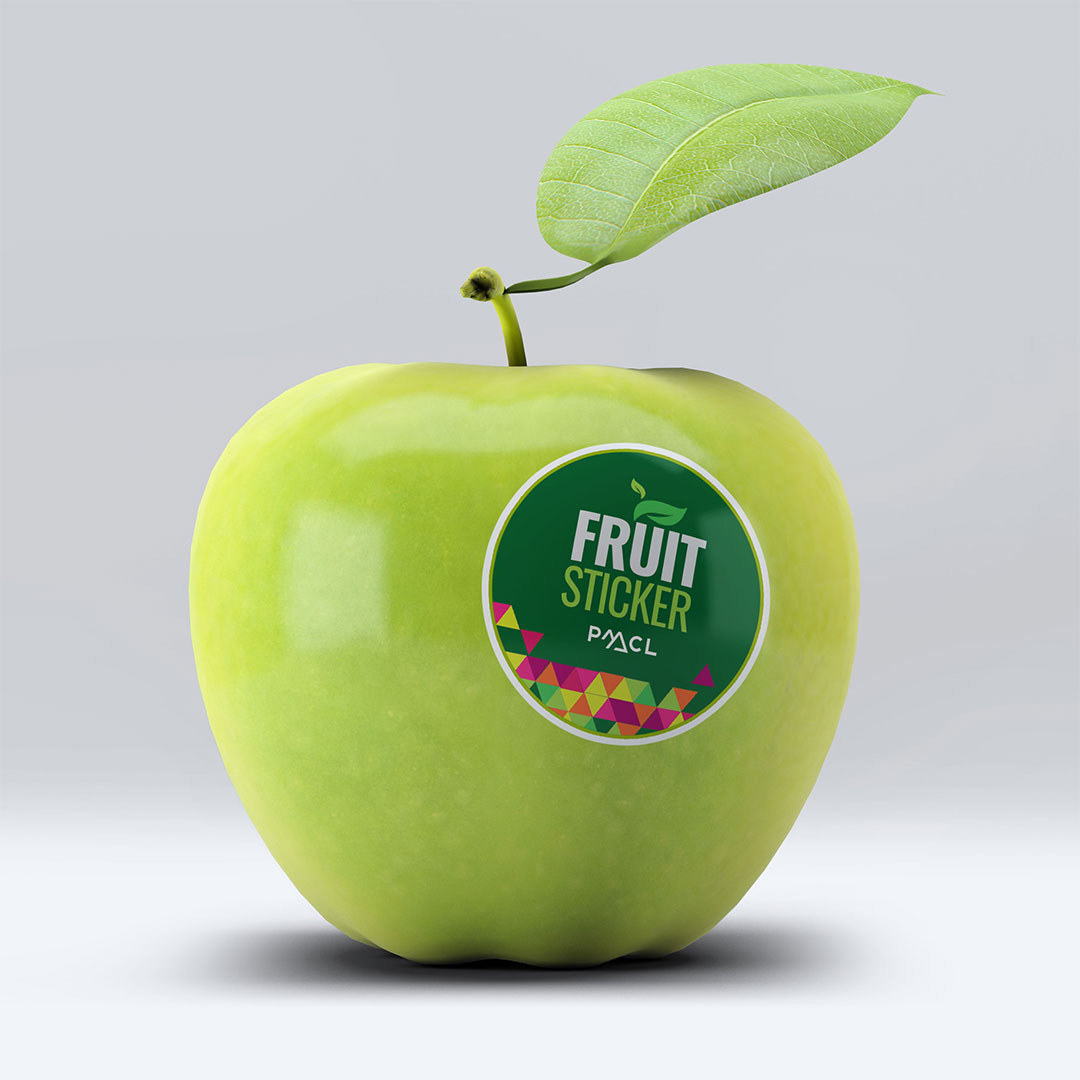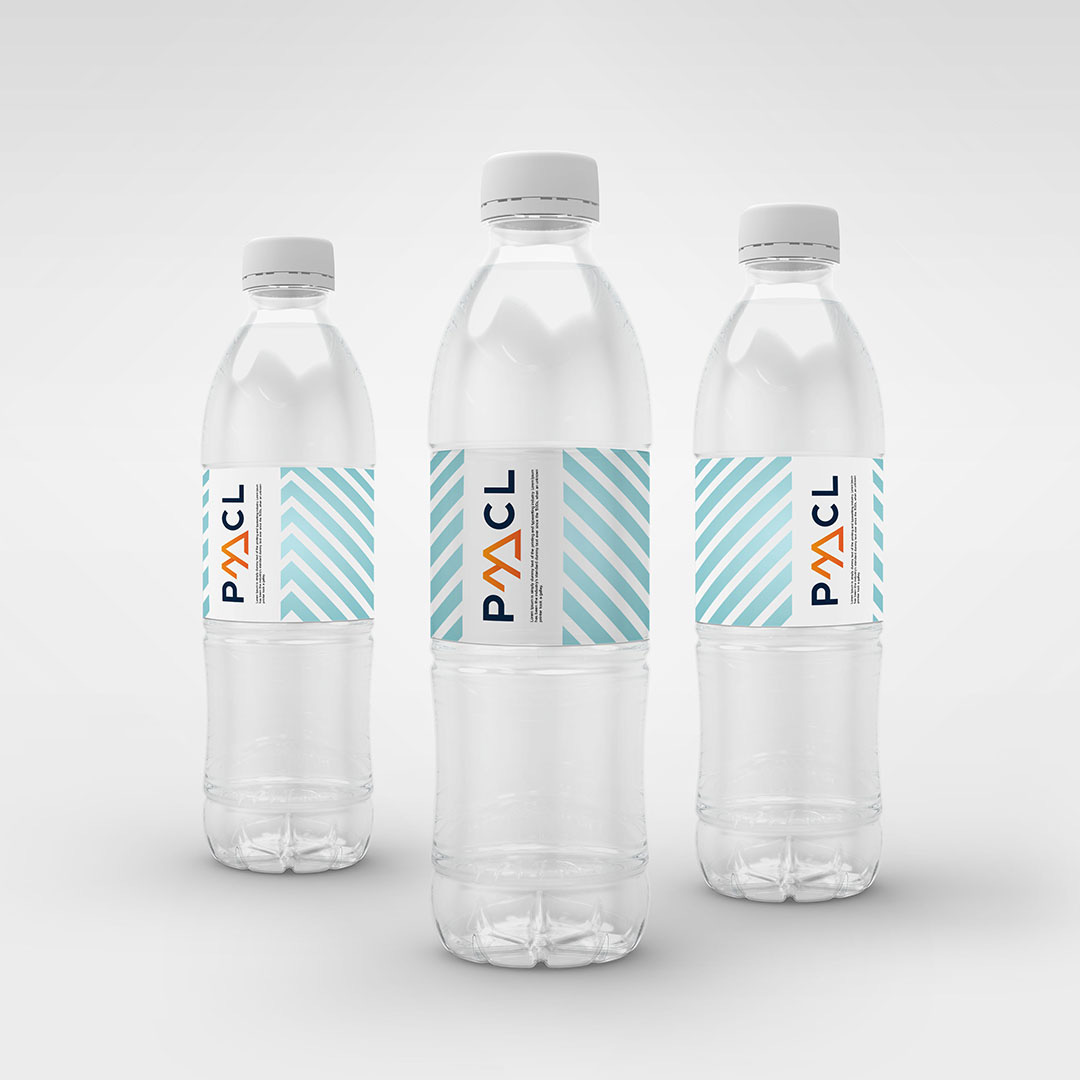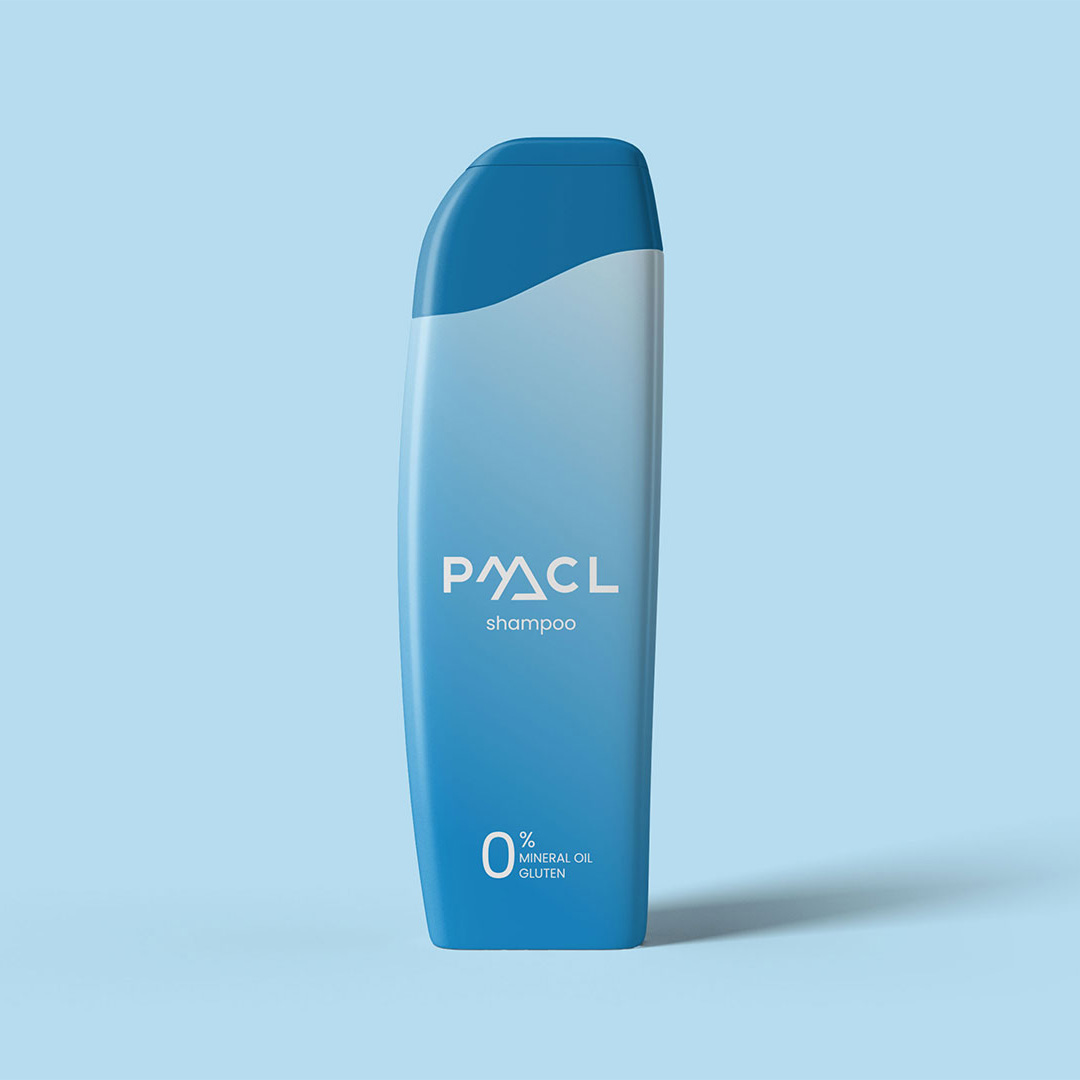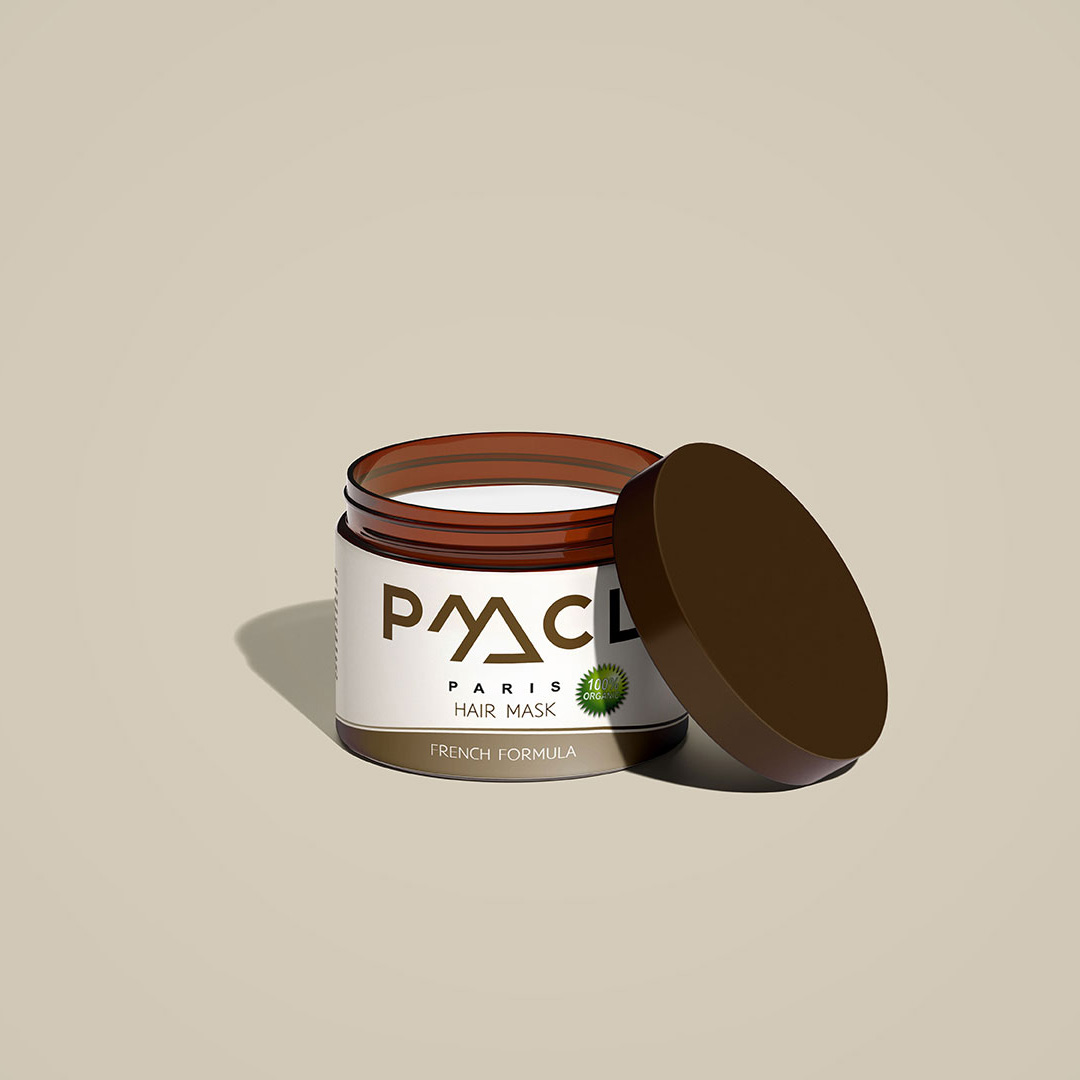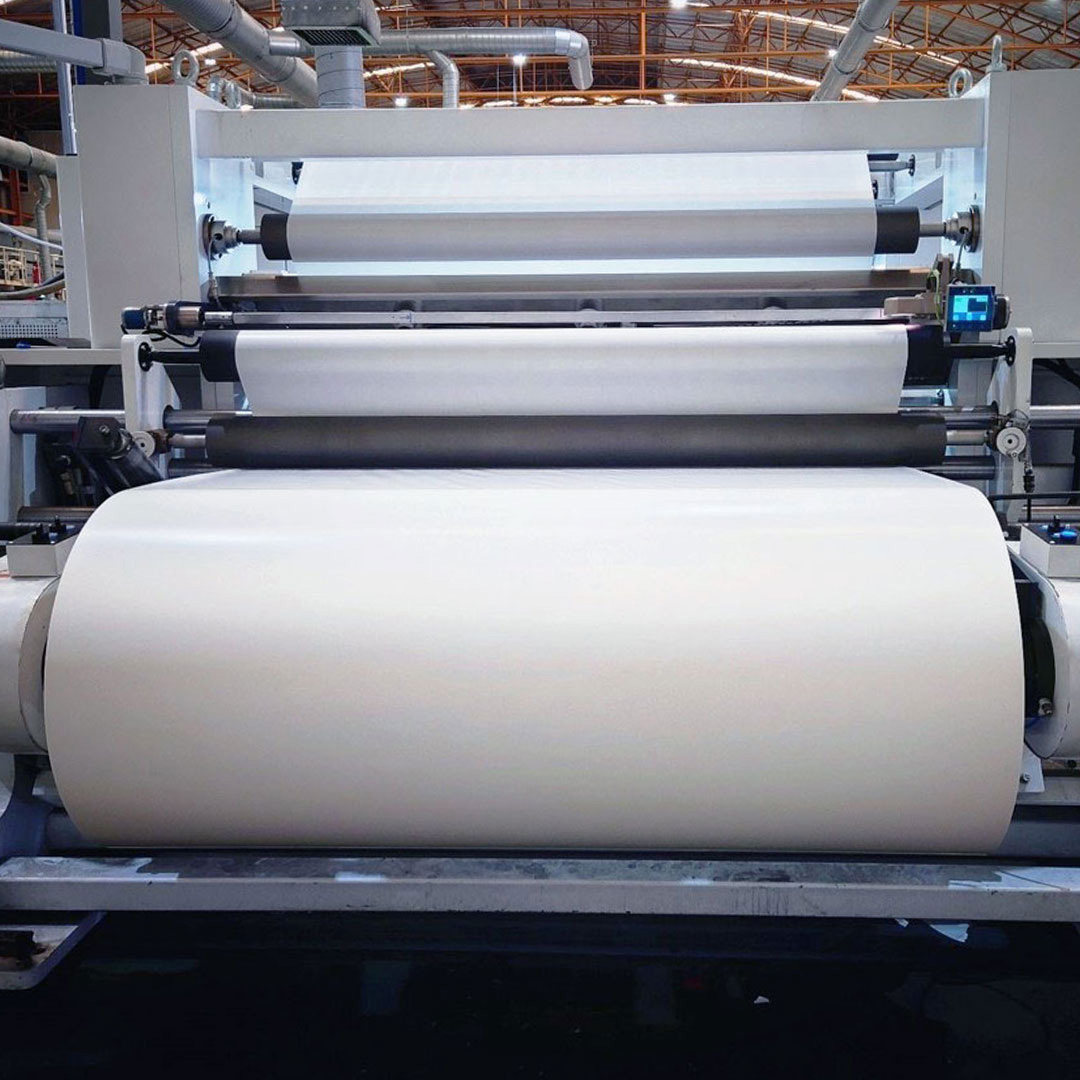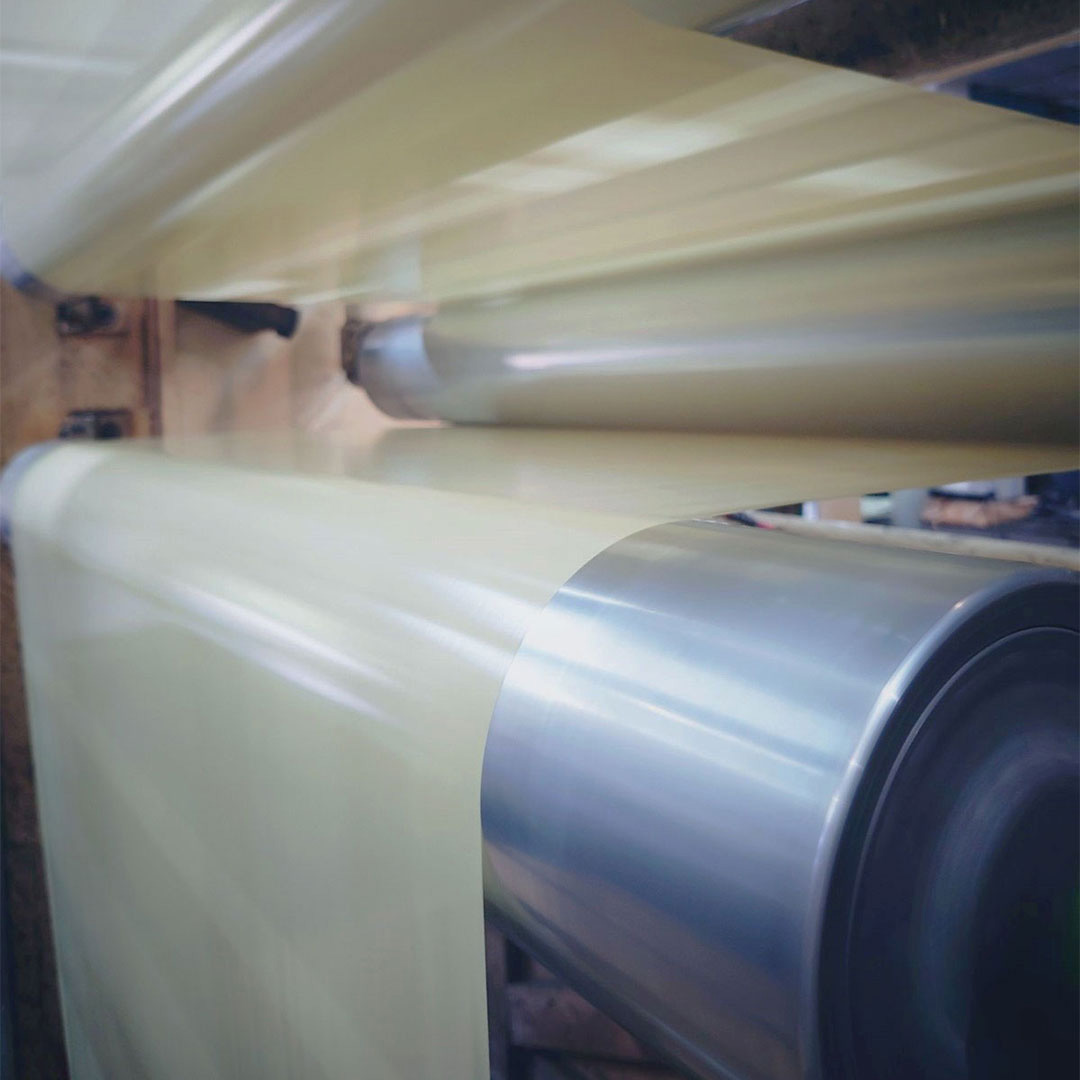When it comes to labels, paper has proven itself over time as a reliable and versatile choice for numerous applications out there. In terms of selection, there is a great variety of options available, depending on the chosen grammage, colour, and level of glossiness. Generally, paper possesses decent thermal resistance properties and can be used in an assortment of label applications, such as in advertisement and promotional stickers, barcode tabs, expiry labels, and tickets, among others.
While paper facestock is suitable for many applications, it is important to take note that paper is incompatible with applications that require constant exposure to water, chemicals, and jobs that require the facestock to be highly resistant to rending.




